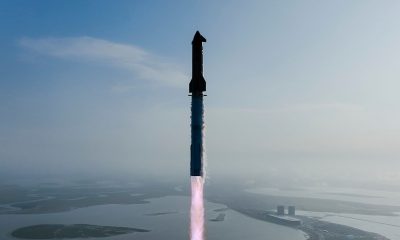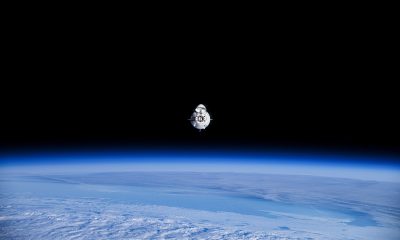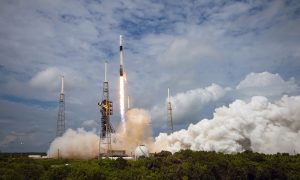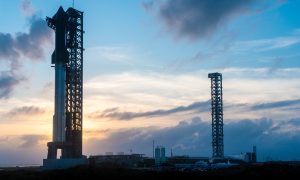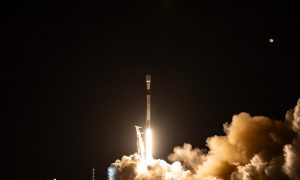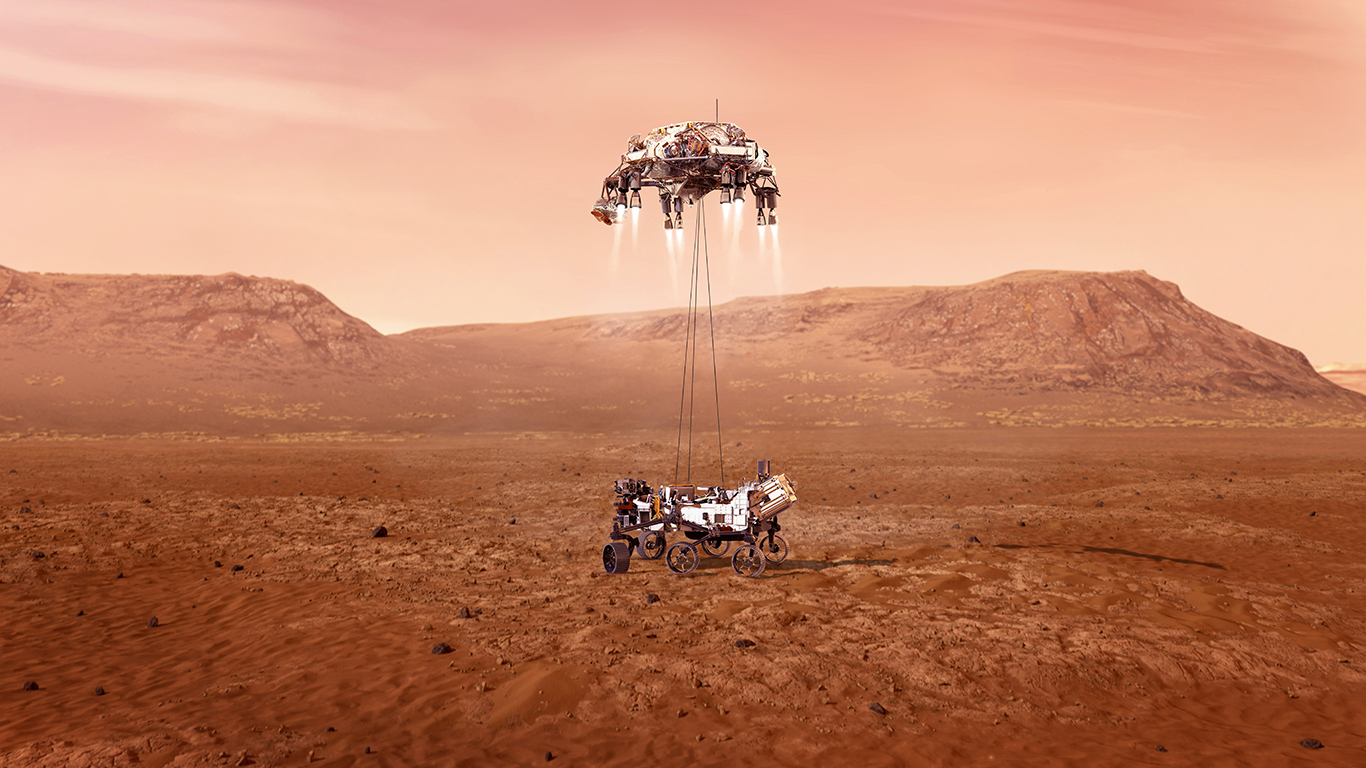

News
NASA braces for ‘7 minutes of terror’ as rover, rocket crane near Mars
NASA’s most ambitious – and difficult – Mars rover mission to date is nearly at the end of its interplanetary journey, but it is just the beginning of the excitement. On Tuesday (Feb. 16) engineers at NASA’s Jet Propulsion Laboratory (JPL) confirmed that Perseverance is doing well and is prepared to attempt a touchdown at about 12:55 p.m. PST (3:55 p.m. EST) on Thursday (Feb. 18).
NASA’s fifth Mars rover, Perseverance, will attempt a tried and true, but terrifying landing method to reach the Martain surface safely. In a process called entry, descent, and landing (EDL) the rover will burst through the Martian atmosphere at 12,500mph (20,000 kph) and slow to just under 2mph (3kph) in about seven minutes – a process which has earned the nickname “seven minutes of terror.”
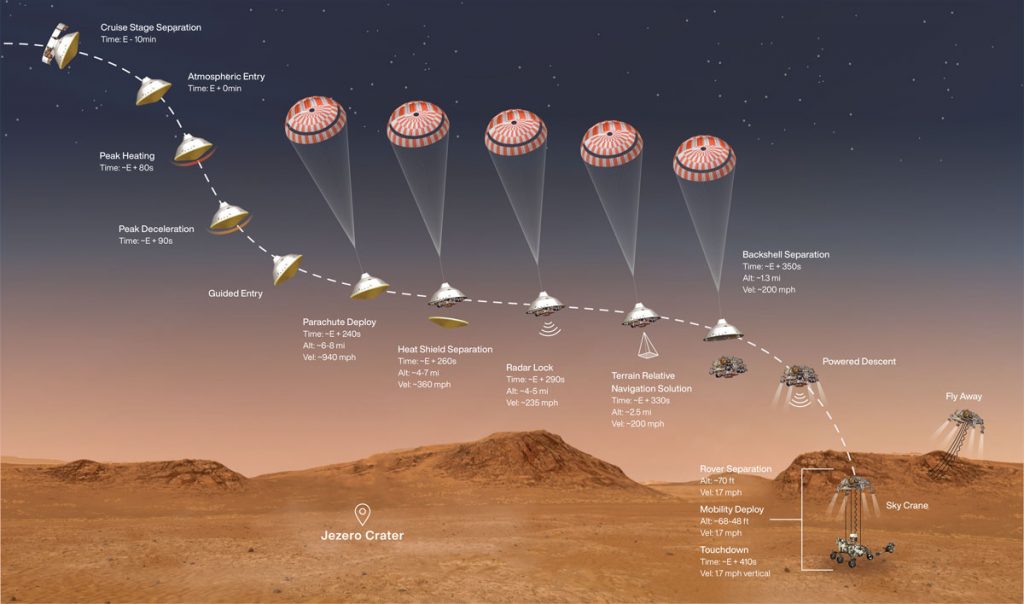
From interplanetary spacecraft to Martian rover in seven minutes
For the past seven months, Perseverance has traveled 300 million miles (480 million kilometers) as an interplanetary spacecraft. When it reaches its final destination of Mars on Feb. 18, the spacecraft will have to shed some layers to prepare to land on the Martian surface. Perhaps the most challenging part of the seven minutes of terror is that Perseverance will conduct every aspect autonomously – engineers back on Earth will not be able to intervene due to the communications time delay caused by the distance between Earth and Mars.
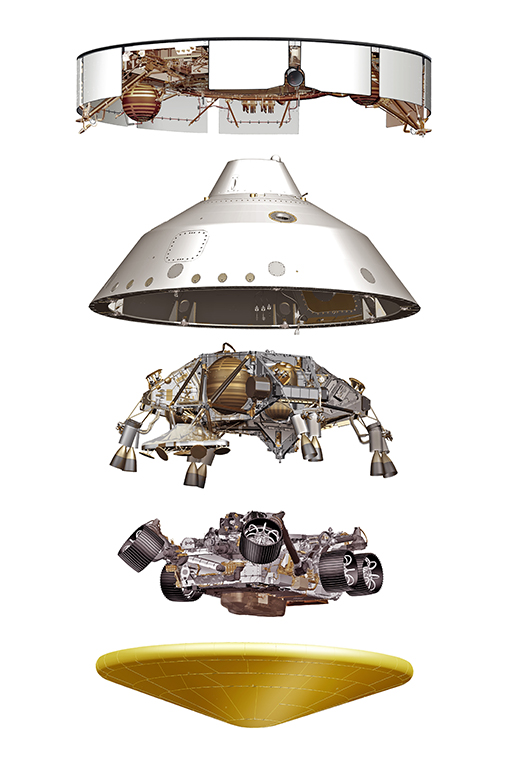
During the first stage of landing known as entry, Perseverance will slam into the relatively thin Martian atmosphere at the neck-break speed of 12,500mph (20,000 kph). At approximately 12:38 p.m. PST (3:38 p.m. EST), 10 minutes prior to entering the Martian atmosphere, the Cruise Stage which has reliably propelled Perseverance on its journey from Earth via solar power will separate. This will initiate the official transition from spacecraft into rover.
To protect the rover and its critical hardware Perseverance is housed inside of a protective covering – called an aeroshell – and is outfitted with a robust heat shield. Small thrusters at the crown of the aeroshell help to reorient itself and ensure that the heat shield is facing in the right direction as it enters the atmosphere. The aeroshell and heatshield will absorb and deflect the brunt of the heat energy – reaching about 2,370 degrees Fahrenheit (about 1,300 degrees Celsius) – caused by the friction of entering the Martian atmosphere at such a high velocity.
Once through peak heating and deceleration, Perseverance will utilize a new technology called Range Trigger to determine its exact location and distance to the surface. The spacecraft will utilize this technology to autonomously determine the optimal time to deploy its supersonic parachute – the largest ever sent to Mars – and separate its heat shield. This is expected to occur at 12:52 p.m. PST (3:52 p.m. EST). Once the heat shield has separated the powered descent stage – and the Perseverance rover itself – will be exposed to the Martian environment.

Although a similar descent method has been used in the past with the landing of NASA’s Curiosity rover in 2012, Perseverance’s way of doing things has received a major upgrade.
Once the heat shield has been dispersed, Perseverance will use a radar and cameras to utilize a new landing technology called Terrain-Relative Navigation. Essentially, Perseverance will continuously take images to map out the Martian surface as it descends to determine its exact location. The spacecraft will actively decide and target the best possible safe landing site which can be autonomously changed up to 2,000 feet (600 meters). Then the aeroshell and parachute are jettisoned and it’s the powered descent module’s time to shine.
Using rockets to land, rather than to launch
Just two minutes after ditching the heat shield, at 12:54 p.m. PST (3:54 p.m. EST) and only 1.3 miles (2.1 kilometers) above the surface, the powered descent stage will fire eight throttleable retrorockets to slow the spacecraft’s descent even more and steer it to its chosen landing target. During the powered descent phase, the spacecraft will slow from about 190 mph (306 kph) to just 1.7 mph (2.7 kph).
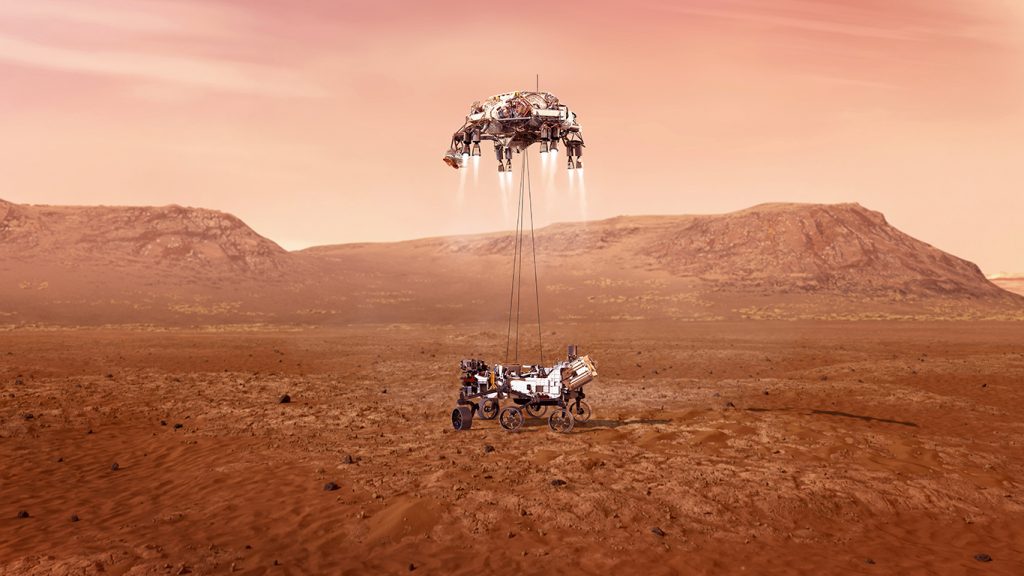
Once the spacecraft determines that it is 65 feet (20 meters) from the surface by utilizing the Terrain-Relative Navigation, the powered descent stage will initiate the sky crane maneuver. In this phase, the Perseverance rover will be delicately lowered to the Martian surface with a system of Nylon cords.
At 12:55 p.m. PST (3:55 p.m. EST) the $2.4 billion NASA Mars 2020 mission will officially touchdown on the surface of Mars in the Jezero Crater. Once safely down, the sky crane will severe the cords and fly off for a crash landing at a safe distance away from the rover.
During the landing attempt, NASA’s Mars Reconnaissance Orbiter will be overhead and constantly sending telemetry back to Earth via NASA’s Deep Space Network. The telemetry will indicate to engineers back at NASA JPL if the landing procedure was successful and will confirm a touchdown at 12:55 p.m. PST (3:55 p.m. EST).
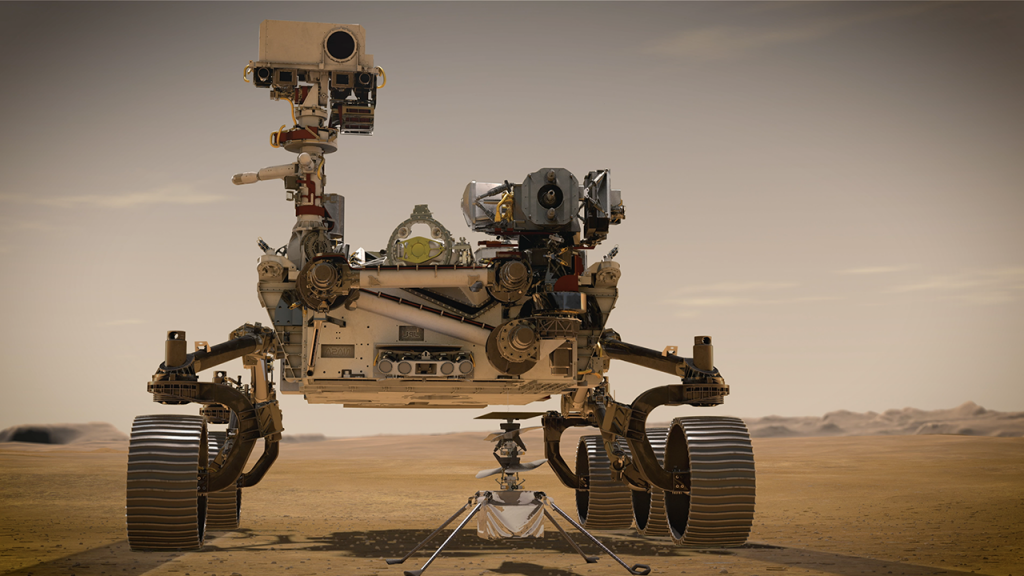
This will be the first time that a NASA Mars rover will be landing with its eyes open, so to speak. NASA hopes that the first images – and sounds – of the Martian landing will be available to release to the public within about an hour of confirmed touchdown.
Beginning around 11:15 am PST (19:15 UTC) on Thursday, February 18th, NASA will provide live coverage of Perseverance’s landing attempt. The agency will carry the coverage on NASA TV and its website, as well as a number of other platforms including YouTube, Twitter, Facebook, LinkedIn, Twitch, Daily Motion, Theta.TV, and the NASA app. You can view the entry, descent, and landing process in its entirety in the video below provided by NASA’s JPL.
News
Tesla UK sales see 14% year-over-year rebound in June: SMMT data
The SMMT stated that Tesla sales grew 14% year-over-year to 7,719 units in June 2025.
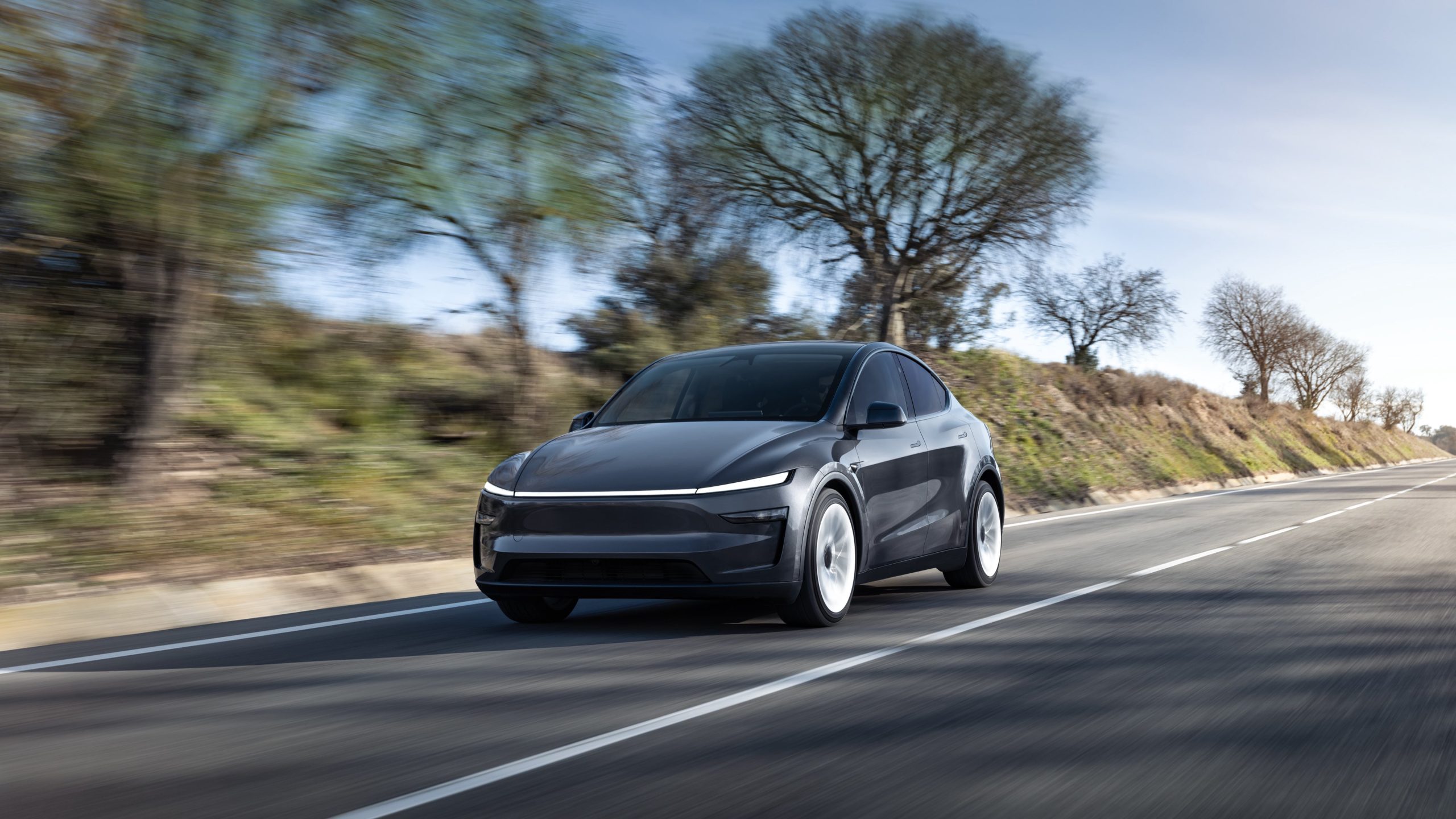
Tesla’s sales in the United Kingdom rose in June, climbing 14% year-over-year to 7,719 units, as per data from the Society of Motor Manufacturers and Traders (SMMT). The spike in the company’s sales coincided with the first deliveries of the updated Model Y last month.
Model Y deliveries support Tesla’s UK recovery
Tesla’s June performance marked one of its strongest months in the UK so far this year, with new Model Y deliveries contributing significantly to the company’s momentum.
While the SMMT listed Tesla with 7,719 deliveries in June, independent data from New AutoMotive suggested that the electric vehicle maker registered 7,891 units during the month instead. However, year-to-date figures for Tesla remain 2% down compared to 2024, as per a report from Reuters.
While Tesla made a strong showing in June, rivals are also growing. Chinese automaker BYD saw UK sales rise nearly fourfold to 2,498 units, while Ford posted the highest EV growth among major automakers, with a more than fourfold increase in the first half of 2025.
Overall, the UK’s battery electric vehicle (BEV) demand surged 39% to to 47,354 units last month, helping push total new car sales in the UK to 191,316 units, up 6.7% from the same period in 2024.
EV adoption accelerates, but concerns linger
June marked the best month for UK car sales since 2019, though the SMMT cautioned that growth in the electric vehicle sector remains heavily dependent on discounting and support programs. Still, one in four new vehicle buyers in June chose a battery electric vehicle.
SMMT Chief Executive Mike Hawes noted that despite strong BEV demand, sales levels are still below regulatory targets. “Further growth in sales, and the sector will rely on increased and improved charging facilities to boost mainstream electric vehicle adoption,” Hawes stated.
Also taking effect this week was a new US-UK trade deal, which lowers tariffs on UK car exports to the United States from 27.5% to 10%. The agreement could benefit UK-based EV producers aiming to expand across the country.
News
Tesla Model 3 ranks as the safest new car in Europe for 2025, per Euro NCAP tests
Despite being on the market longer than many of its rivals, the Tesla Model 3 continues to set the bar for vehicle safety.
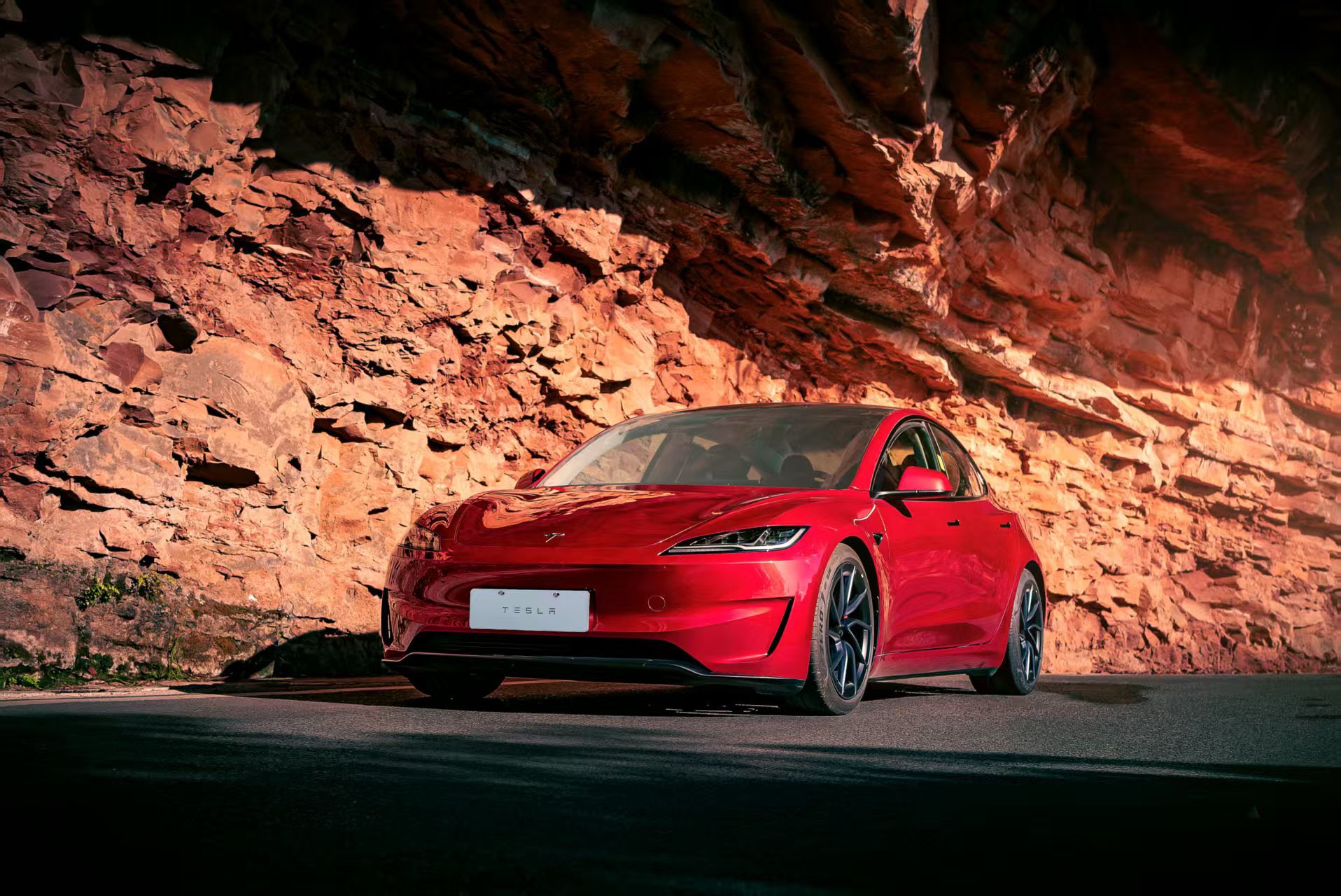
The Tesla Model 3 has been named the safest new car on sale in 2025, according to the latest results from the Euro NCAP. Among 20 newly tested vehicles, the Model 3 emerged at the top of the list, scoring an impressive 359 out of 400 possible points across all major safety categories.
Tesla Model 3’s safety systems
Despite being on the market longer than many of its rivals, the Tesla Model 3 continues to set the bar for vehicle safety. Under Euro NCAP’s stricter 2025 testing protocols, the electric sedan earned 90% for adult occupant protection, 93% for child occupant protection, 89% for pedestrian protection, and 87% for its Safety Assist systems.
The updated Model 3 received particular praise for its advanced driver assistance features, including Tesla’s autonomous emergency braking (AEB) system, which performed well across various test scenarios. Its Intelligent Speed Assistance and child presence detection system were cited as noteworthy features as well, as per a WhatCar report.
Other notable safety features include the Model 3’s pedestrian-friendly pop-up hood and robust crash protection for both front and side collisions. Euro NCAP also highlighted the Model 3’s ability to detect vulnerable road users during complex maneuvers, such as turning across oncoming traffic.
Euro NCAP’s Autopilot caution
While the Model 3’s safety scores were impressive across the board, Euro NCAP did raise concerns about driver expectations of Tesla’s Autopilot system. The organization warned that some owners may overestimate the system’s capabilities, potentially leading to misuse or inattention behind the wheel. Even so, the Model 3 remained the highest-scoring vehicle tested under Euro NCAP’s updated criteria this year.
The Euro NCAP’s concerns are also quite interesting because Tesla’s Full Self-Driving (FSD) Supervised, which is arguably the company’s most robust safety suite, is not allowed for public rollout in Europe yet. FSD Supervised would allow the Model 3 to navigate inner city streets with only minimal human supervision.
Other top scorers included the Volkswagen ID.7, Polestar 3, and Geely EX5, but none matched the Model 3’s total score or consistency across categories. A total of 14 out of 20 newly tested cars earned five stars, while several models, including the Kia EV3, MG ZS, and Renault 5, fell short of the top rating.
Elon Musk
Why Tesla’s Q3 could be one of its biggest quarters in history
Tesla could stand to benefit from the removal of the $7,500 EV tax credit at the end of Q3.

Tesla has gotten off to a slow start in 2025, as the first half of the year has not been one to remember from a delivery perspective.
However, Q3 could end up being one of the best the company has had in history, with the United States potentially being a major contributor to what might reverse a slow start to the year.
Earlier today, the United States’ House of Representatives officially passed President Trump’s “Big Beautiful Bill,” after it made its way through the Senate earlier this week. The bill will head to President Trump, as he looks to sign it before his July 4 deadline.
The Bill will effectively bring closure to the $7,500 EV tax credit, which will end on September 30, 2025. This means, over the next three months in the United States, those who are looking to buy an EV will have their last chance to take advantage of the credit. EVs will then be, for most people, $7,500 more expensive, in essence.
The tax credit is available to any single filer who makes under $150,000 per year, $225,000 a year to a head of household, and $300,000 to couples filing jointly.
Ending the tax credit was expected with the Trump administration, as his policies have leaned significantly toward reliance on fossil fuels, ending what he calls an “EV mandate.” He has used this phrase several times in disagreements with Tesla CEO Elon Musk.
Nevertheless, those who have been on the fence about buying a Tesla, or any EV, for that matter, will have some decisions to make in the next three months. While all companies will stand to benefit from this time crunch, Tesla could be the true winner because of its sheer volume.
If things are done correctly, meaning if Tesla can also offer incentives like 0% APR, special pricing on leasing or financing, or other advantages (like free Red, White, and Blue for a short period of time in celebration of Independence Day), it could see some real volume in sales this quarter.
You can now buy a Tesla in Red, White, and Blue for free until July 14 https://t.co/iAwhaRFOH0
— TESLARATI (@Teslarati) July 3, 2025
Tesla is just a shade under 721,000 deliveries for the year, so it’s on pace for roughly 1.4 million for 2025. This would be a decrease from the 1.8 million cars it delivered in each of the last two years. Traditionally, the second half of the year has produced Tesla’s strongest quarters. Its top three quarters in terms of deliveries are Q4 2024 with 495,570 vehicles, Q4 2023 with 484,507 vehicles, and Q3 2024 with 462,890 vehicles.
-

 Elon Musk4 days ago
Elon Musk4 days agoTesla investors will be shocked by Jim Cramer’s latest assessment
-

 News1 week ago
News1 week agoTesla Robotaxi’s biggest challenge seems to be this one thing
-

 Elon Musk2 weeks ago
Elon Musk2 weeks agoFirst Look at Tesla’s Robotaxi App: features, design, and more
-

 News2 weeks ago
News2 weeks agoSpaceX and Elon Musk share insights on Starship Ship 36’s RUD
-

 News2 weeks ago
News2 weeks agoWatch Tesla’s first driverless public Robotaxi rides in Texas
-
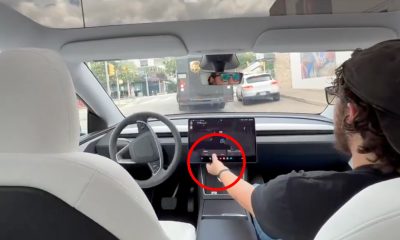
 News1 week ago
News1 week agoWatch the first true Tesla Robotaxi intervention by safety monitor
-
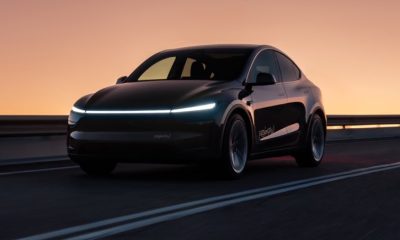
 News2 weeks ago
News2 weeks agoTesla has started rolling out initial round of Robotaxi invites
-
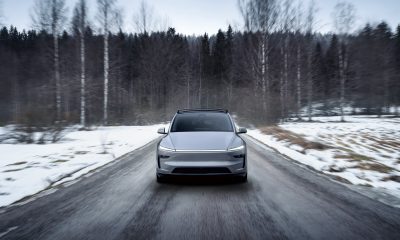
 Elon Musk2 weeks ago
Elon Musk2 weeks agoTesla to launch in India in July with vehicles already arriving: report



